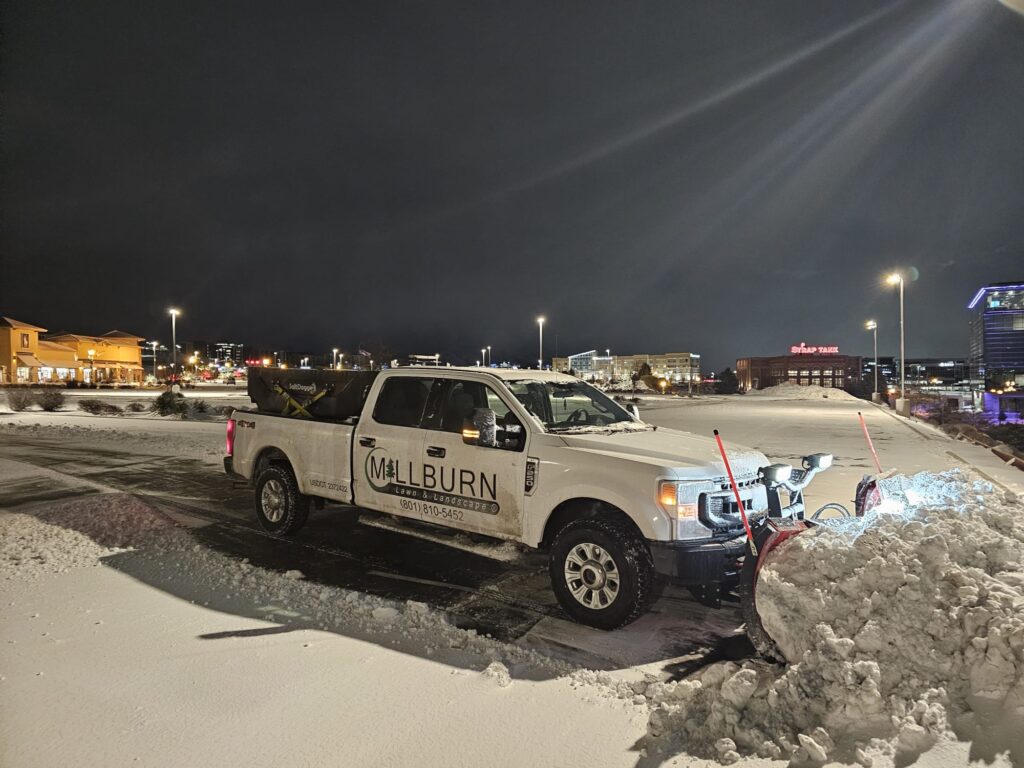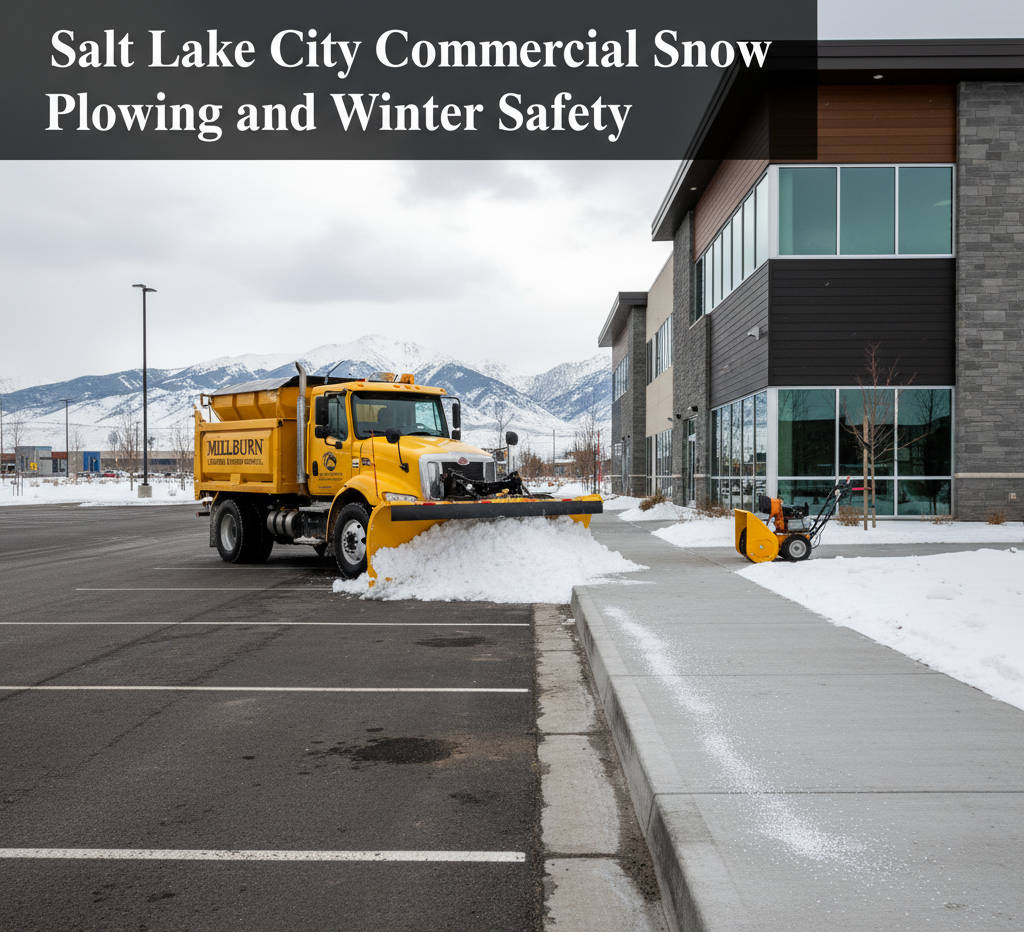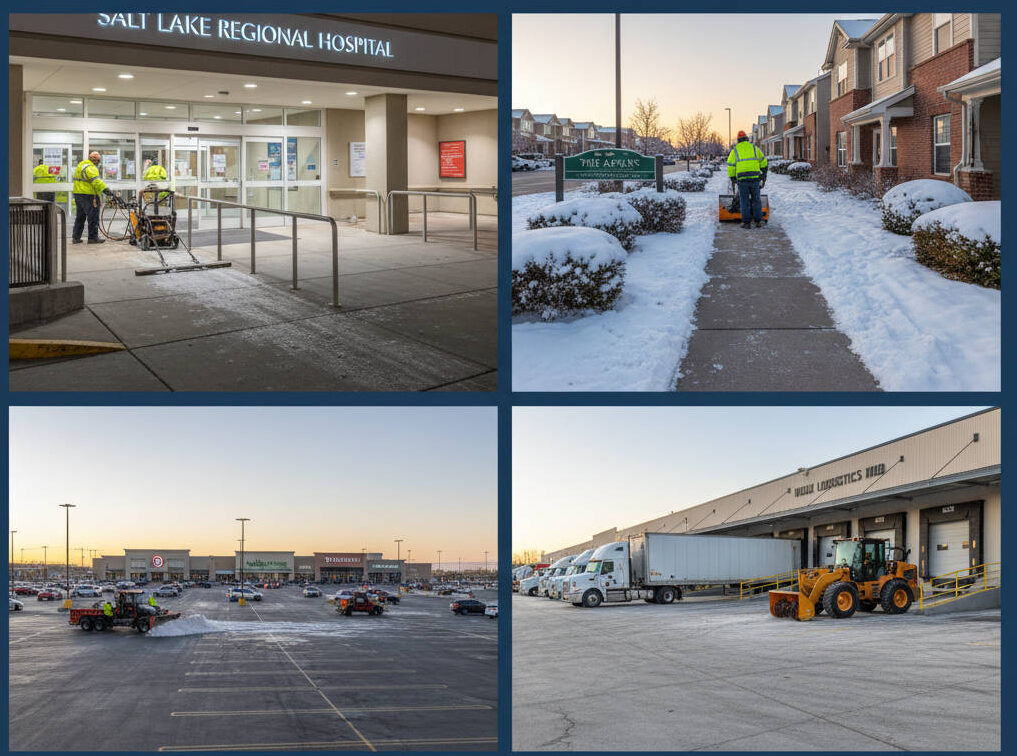Navigating the Icy Slopes of Snow Removal Liability Utah
Managing a commercial property in Salt Lake City comes with a unique set of challenges, especially when the crisp Utah winter blankets the landscape in snow and ice. Beyond the operational headache of keeping parking lots clear and sidewalks accessible, property managers must grapple with a critical legal question: Who is liable when someone slips and falls?
The legal landscape surrounding snow removal liability Utah can be tricky, involving a mix of common law, state statutes, and crucial local ordinances. For professional property managers, understanding these obligations is not just about commercial property compliance Salt Lake City; it’s about robust risk management and protecting your clients—and their assets—from costly litigation.
This comprehensive guide will unpack the core principles of winter safety law in Utah, giving you the detailed knowledge required to manage your properties responsibly and defensively.
The Foundations of Liability: Utah’s “Reasonable Care” Standard
In Utah, liability for injuries sustained on snow or ice generally hinges on the concept of negligence. Simply put, a property owner (or their agent, the property manager) can be held liable if they failed to exercise reasonable care in managing the premises, and that failure directly caused an injury.
Historically, some jurisdictions followed the “natural accumulation rule,” meaning property owners weren’t responsible for naturally accumulated snow until they tried to remove it. Utah, however, generally operates under the “reasonable time” rule. This means:
- Duty to Act: Property managers have an affirmative duty to make the premises safe for tenants and invitees. This includes addressing known or foreseeable hazards, like ice patches.
- The “Reasonable Time” Window: Property owners and managers are given a reasonable amount of time after the cessation of a storm to perform snow and ice removal. What constitutes “reasonable” is often determined case-by-case, depending on the severity of the storm, the size of the property, and the type of property. A high-traffic commercial property compliance Salt Lake City standard, for example, will typically demand quicker action than a low-traffic residential lot.
- The Change-in-Condition Rule: If a property manager does undertake snow removal (shoveling, plowing, salting), they must do so non-negligently. Creating a new, more dangerous condition—like piling snow in a way that creates a major ice runoff—can create independent liability. This is a crucial element of snow removal liability Utah.
Decoding Local Ordinances: Commercial Property Compliance Salt Lake City
While state law sets the overarching principles, Salt Lake City municipal ordinances add specific, mandatory duties that property managers must follow. Failing to comply with a local ordinance can often be used in court as evidence of negligence, significantly impacting a snow removal liability Utah defense.
Salt Lake City Ordinance Highlights:
- Mandatory Removal: SLC generally requires owners and occupants of property adjacent to public sidewalks to keep those sidewalks clear of snow and ice.
- Time Constraints: The city typically mandates that snow and ice must be removed from sidewalks within a specific number of hours after the snow stops falling. Property managers must consult the most current version of the municipal code, as these exact timelines are subject to change, but they often hover around 24 hours.
- A “Clear Path”: The requirement isn’t just to chip away at the ice; it’s to provide a safe and clear path for pedestrians.
Failing to adhere to these local mandates elevates the risk profile significantly. Maintaining commercial property compliance Salt Lake City requires a proactive system that tracks weather forecasts and initiates removal services immediately upon the cessation of a storm, not hours later.
The Critical Role of Contracts: Property Manager Risk Management
For the property manager, the single most important document for defining liability is the Management Agreement with the property owner and the Service Agreement with the snow removal contractor.
- Defining Scope in the Management Agreement: Does your contract with the owner explicitly define your role in arranging snow and ice removal? Does it indemnify you (the property manager) against liability, provided you acted without gross negligence? Clear contractual terms are the foundation of managing your snow removal liability Utah exposure.
- Contracting for Safety with Vendors: When hiring a third-party snow removal company, the contract must be watertight. It should specify:
- Trigger Depth/Conditions: Clearly define when the contractor must dispatch (e.g., at 1 inch of accumulation, or immediately upon ice formation).
- Specific Areas of Service: Explicitly list all sidewalks, ramps, entryways, and parking areas covered.
- Hold Harmless/Indemnity Clauses: The contract should include provisions where the contractor agrees to indemnify and hold the property owner and manager harmless for any injuries resulting from the contractor’s negligence. This is a cornerstone of professional winter safety law adherence.
Proactive Risk Mitigation Strategies for Property Managers
Effective commercial property compliance Salt Lake City isn’t just about shoveling; it’s about a complete risk-management system.
- Documentation is Paramount: Maintain meticulous records of every snow event. Log the date, time, weather conditions, when the removal contractor was called, when they arrived, what materials (salt/sand) were used, and when the job was completed. This “paper trail” is your best defense in any snow removal liability Utah lawsuit.
- Implement a Patrol Log: Especially on large retail or mixed-use properties, institute a system where an employee or maintenance person performs periodic checks and logs the condition of walkways after snow removal is complete, noting any refreezing or ice formation.
- Signage and Warning: While removing the hazard is the primary duty, visible “Wet Floor” or “Icy Conditions” signs can reinforce the due diligence efforts under winter safety law. However, remember a sign is never a substitute for clearing a known hazard.
- Regular Property Inspections: Before the snow season starts, inspect all drainage systems. Poor drainage can funnel water across walkways, creating predictable, dangerous ice patches. Addressing this pre-emptively is the ultimate form of commercial property compliance Salt Lake City.
By proactively implementing these strategies, property managers not only comply with local and state requirements but also establish a strong legal defense rooted in the exercise of reasonable care. When the snow falls in Salt Lake City, preparation is the only true shield against snow removal liability Utah.

Don’t wait for a slip-and-fall claim to review your winter readiness!
Ensure your commercial property compliance Salt Lake City strategy is legally sound. Contact Millburn Lawn and Landscape today at [555-555-5555] or visit us at https://millburnlandscape.com/ to secure a comprehensive, legally compliant snow and ice management plan built to protect your assets from snow removal liability Utah. We handle the hazard so you can handle the management.
Frequently Asked Questions (FAQ) on Snow and Ice Law
Q1: How quickly must snow be removed in Salt Lake City?
A: Salt Lake City ordinances typically require removal of snow and ice from adjacent public sidewalks within a specific time frame, often 24 hours, after the snow stops falling. Always check the latest municipal code for the exact, current requirement for robust commercial property compliance Salt Lake City.
Q2: If a tenant slips on a common area, is the property manager always liable?
A: Not “always,” but the property manager and owner are generally responsible for maintaining common areas (walkways, parking lots) under the “reasonable care” standard of snow removal liability Utah. If the injury occurred due to a failure to address a known or reasonably discoverable ice hazard within a reasonable time, then liability is likely.
Q3: Can a property owner shift all snow removal liability Utah to the contractor?
A: While a strong contract with an indemnity clause is crucial, property owners and managers generally cannot completely shed their non-delegable duty to maintain a safe premise. If the property manager was negligent in selecting, instructing, or supervising the contractor, they could still face liability. It’s an issue of shared responsibility under winter safety law.
Q4: Does the same winter safety law apply to residential properties in Utah?
A: The core principle of “reasonable care” applies everywhere. However, the expectations for frequency and speed of snow removal may be different for multi-family commercial property compliance Salt Lake City versus single-family residences. All property managers should be guided by their local ordinances.



